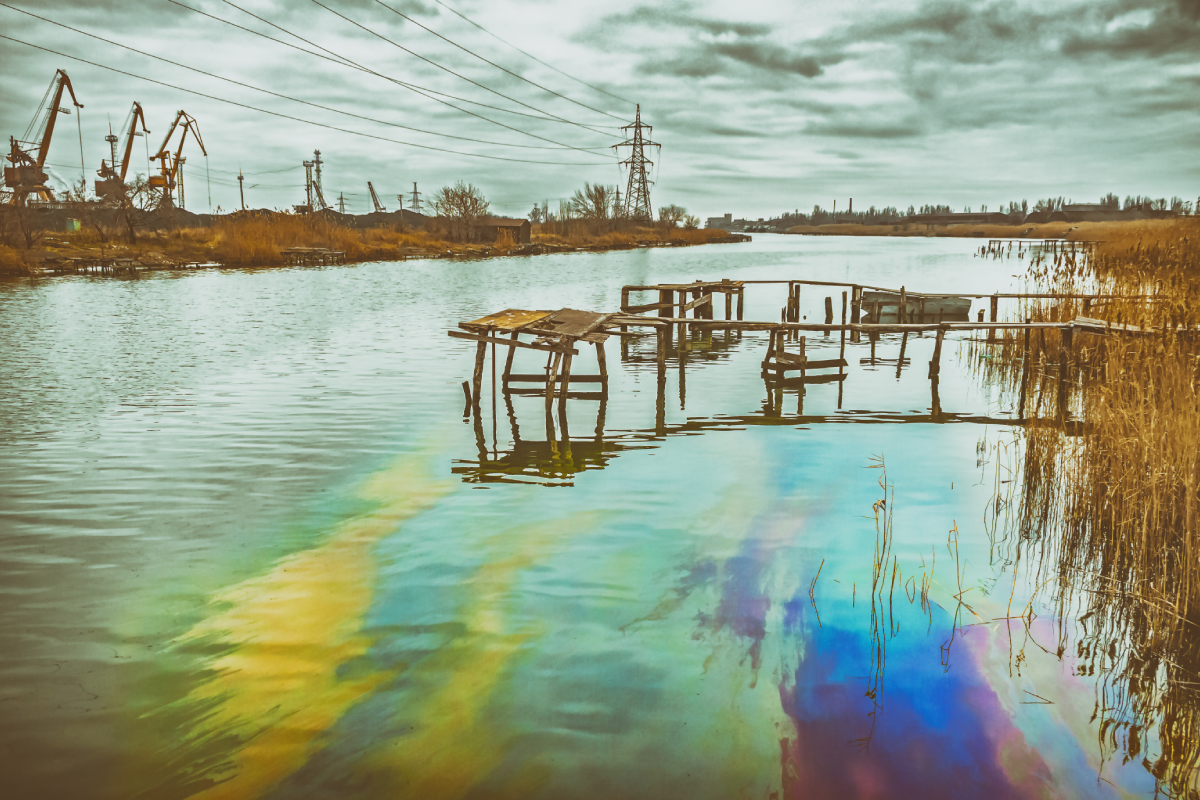Regulators fully at work
PFAS are currently in the spotlight of regulators, notably in the EU, with a blanket ban proposal under study since 2023 and a bill adopted in France in April, and in the US, where the Environmental Protection Agency just announced the first national drinking water limit on PFAS.
Investors should expect a rise in market risk…
The materiality of PFAS risks on companies business is a topic of concern that companies themselves – and investors – should not underestimate. PFAS-related lawsuits have increased steadily in the US over the past years. In addition to this, environmental liabilities and reputational harm can reduce shareholder value significantly, not only for PFAS manufacturers, but also intermediaries using PFAS in their value chain !
… and aim for opportunities
It will be a while before alternatives to PFAS are found. Where are shorter-term opportunities? In water treatment, supply and protection. Advanced technologies and innovative tailored solutions will required to address PFAS contamination in soil, air or water sources. The PFAS opportunity is estimated at $219B in the US alone[2].

 ;
;






